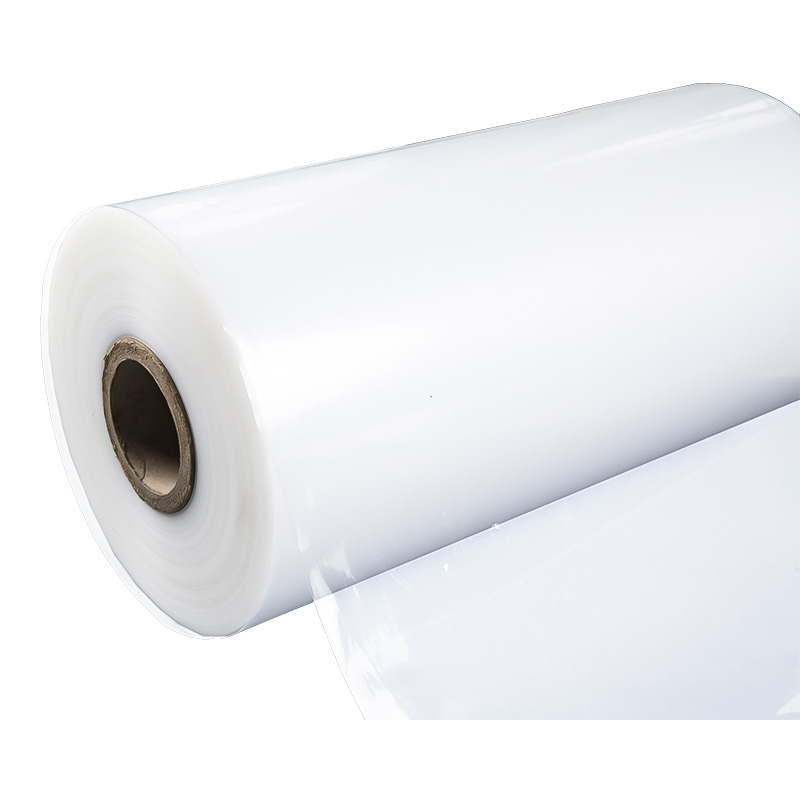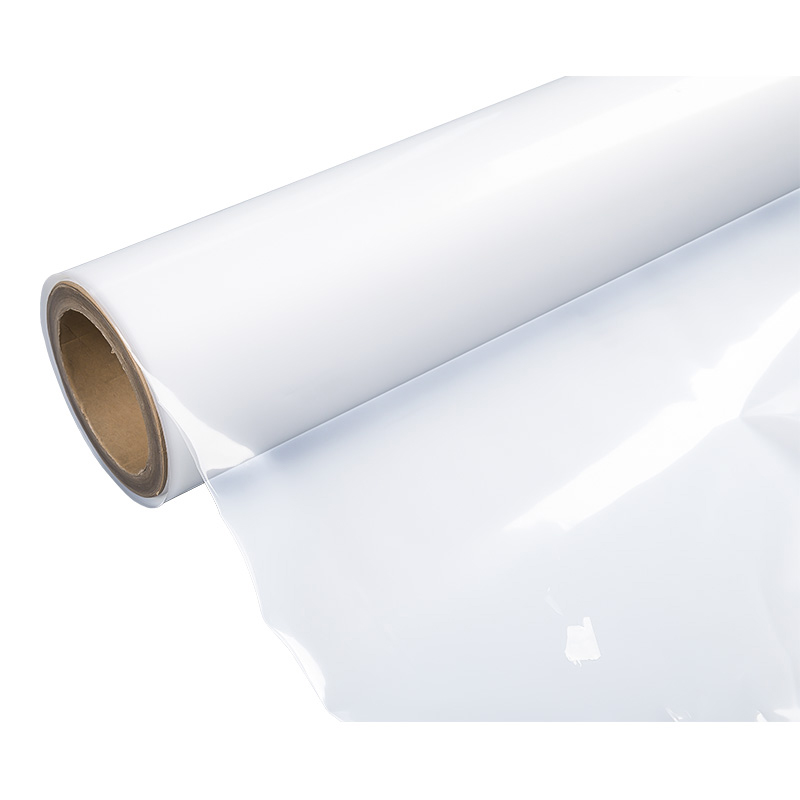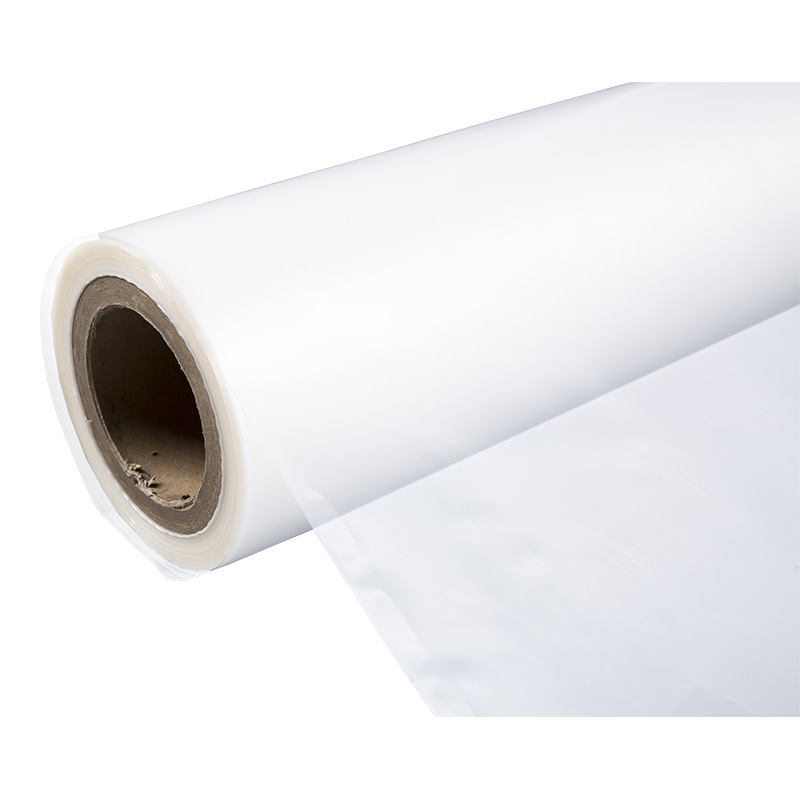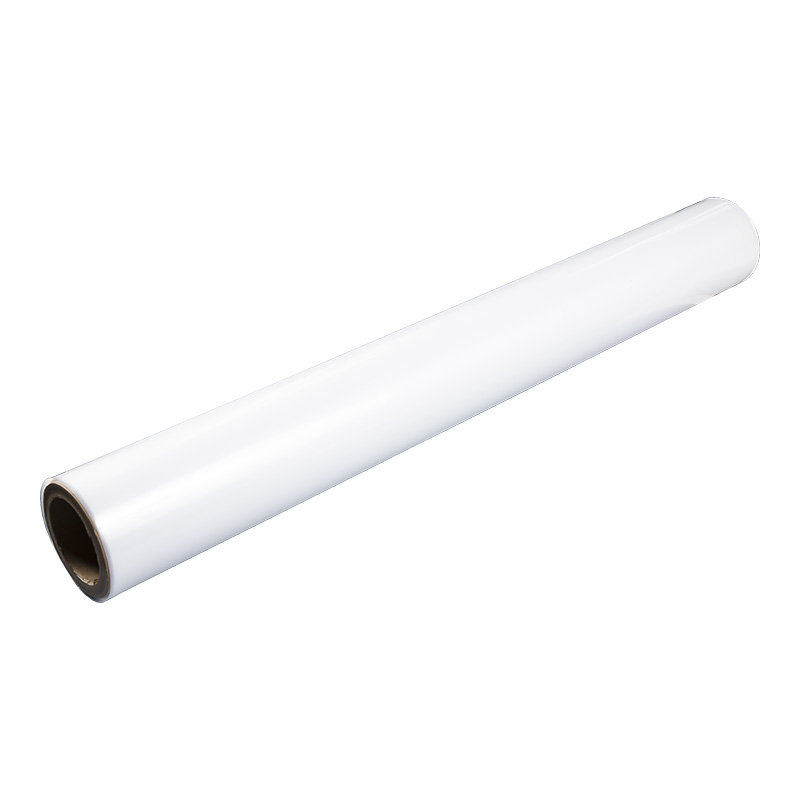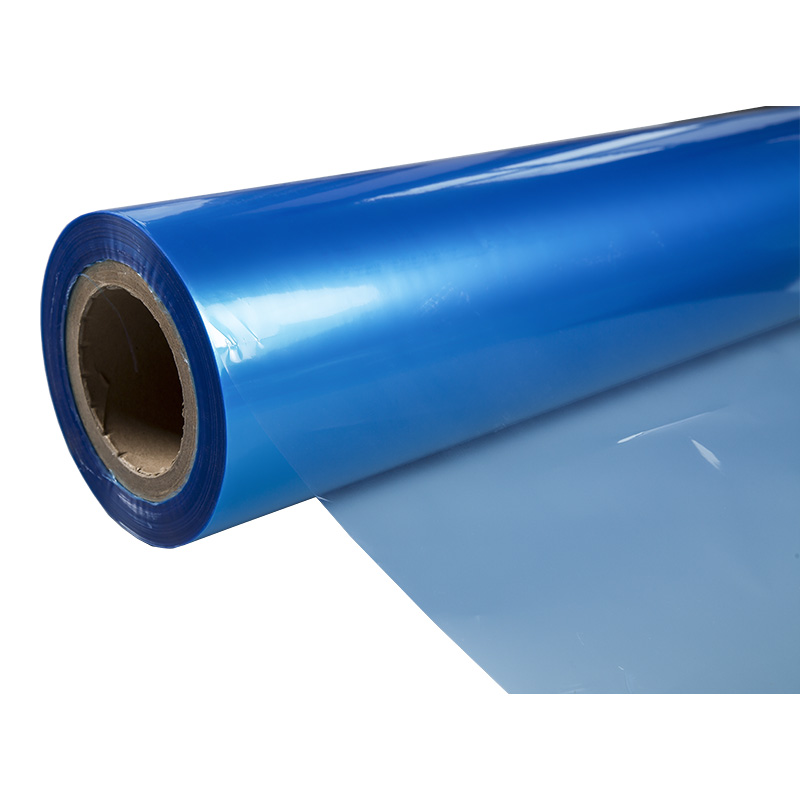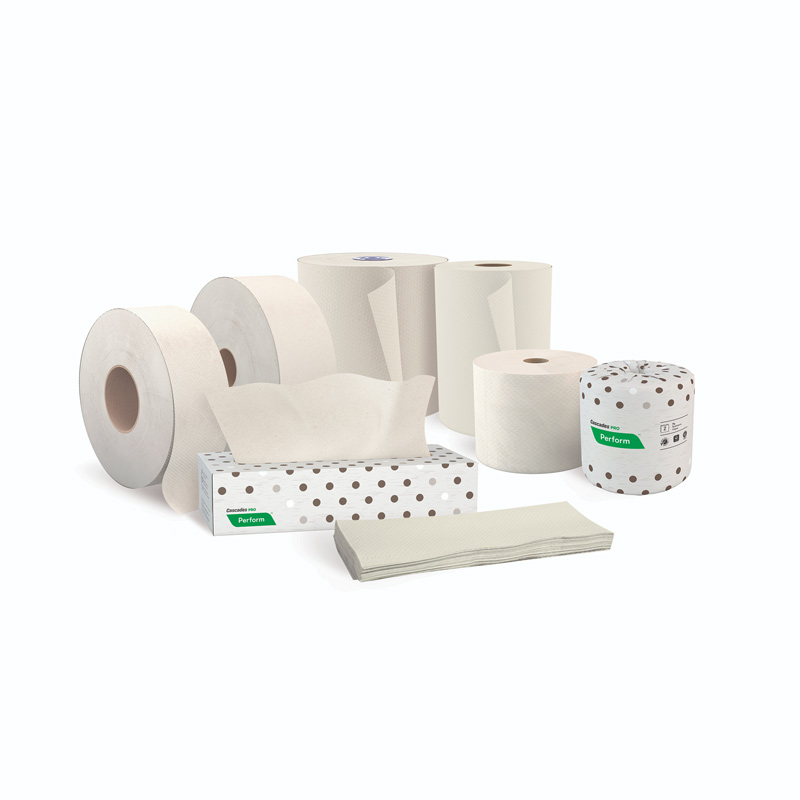In the fast-paced consumer market, a product’s packaging serves as the initial point of contact with customers. While a multitude of brands strive for high-gloss and eye-catching finishes, a material known as matte PE film is subtly redefining packaging aesthetics with its unique, “understated” luxury. This film eschews the harsh, glaring reflections of its glossy counterparts, offering instead a gentle, satin-like frosted texture that diffuses light softly across its surface. This non-reflective quality not only gives products a sense of calm and sophistication but also provides an unexpected delight to the touch. The moment a fingertip glides over its subtle texture, a sensation of fineness and comfort emerges, a tactile experience that instinctively elevates the perceived quality and value of the product. Consequently, a growing number of brands are embracing this material, as it not only helps their products stand out in a crowded marketplace but also conveys a message of dedication to quality and meticulous attention to detail through both visual and tactile stimulation, thereby deepening the consumer’s positive impression of the brand.
Technical Secrets: How Is the Frosted Effect Achieved?
The distinctive effect of matte PE film is not a matter of chance; it is the culmination of intricate manufacturing processes and precise technical control. The core principle lies in the microscopic manipulation of the polyethylene (PE) film’s surface structure. During production, specialized formulations or post-processing techniques are used to create a surface with tiny, irregular textures. When light hits this uneven surface, it scatters in all directions in a process known as diffuse reflection, rather than creating a sharp, mirror-like reflection. This scattering effect eliminates glare and creates the visual “frosted” finish. The key to achieving this lies in the use of specific additives within the formula or the special design of the die head. These techniques require strict control to ensure the film’s physical properties, such as tensile strength and tear resistance, remain unaffected while maintaining a uniform and lasting frosted effect. Moreover, for matte films intended for printing, ensuring the ink adheres firmly to this microscopically uneven surface and produces clear, vibrant graphics poses a significant technical challenge. Manufacturers must overcome this by optimizing surface treatments, such as corona treatment, and using specially formulated inks to ensure the final printed result is both aesthetically pleasing and durable.
Diverse Applications: A Journey from Hygiene Products to High-End Printing
The application scope of matte PE film extends far beyond what one might imagine. Its unique properties have secured it a place in numerous industries. In the hygiene materials industry, for example, where it is used in the packaging of disposable diapers and sanitary napkins, matte PE film provides not only a soft, comfortable feel but also a non-reflective surface that makes product information easier to read. It also offers excellent barrier properties, protecting products from moisture and contamination. In the realm of high-end printing and packaging, matte PE film plays a crucial role in enhancing a product’s perceived quality. For instance, the packaging for certain cosmetics, electronics, or gourmet foods often utilizes this material to complement the product’s exquisite and premium nature. Fields such as movie posters and art reproductions are also adopting matte lamination technology to reduce glare, protect the image, and add a sense of texture to the artwork. Furthermore, in specific industrial applications, the anti-slip properties of matte PE film are leveraged, for example, as a release liner to prevent products from sticking together during transportation.
Customization Services: Crafting Unique and Standout Packaging
For companies striving for personalization and brand recognition, customized matte PE film solutions are a powerful tool for creating unique packaging. This process is more than simply selecting a material; it is a deeply collaborative design journey. First, suppliers engage in in-depth discussions with clients to understand their product’s characteristics, target market, brand positioning, and functional packaging needs. For example, is an extreme frosted effect desired, or just a subtle matte finish? Is the printing of complex multi-color designs required, or just a simple brand logo? These needs will dictate the choice of film formulation, thickness, surface treatment, and printing technique. Secondly, customization services also involve meticulous control over the printing process. Suppliers match the most suitable printing technology (such as gravure or flexography) and select specialized inks that can perfectly render the design, ensuring the final product not only possesses the desired matte texture but also faithfully reproduces the brand’s design philosophy, making every package a silent ambassador for the brand.
Future Outlook: The Direction of Innovation for Matte PE Film
With the global focus on environmental protection and sustainability, the future development of matte PE film faces new challenges and opportunities. A significant direction for innovation is the development of biodegradable or recyclable eco-friendly matte PE films. This involves using bio-based polymers or easily recyclable materials to replace traditional PE, thereby reducing environmental impact. Another direction is the expansion of its functionality. Future matte PE films might not just be packaging materials; they could integrate more features, such as antibacterial properties, anti-static capabilities, or even embedded smart chips. These innovations will broaden the application scenarios for matte PE film, extending its reach from traditional packaging into emerging fields like healthcare, electronics, and even smart homes. In essence, as technology continues to advance and market demands evolve, matte PE film will continue to captivate with its unique charm, bringing more surprises to our daily lives.
 +86 139-6715-0258
+86 139-6715-0258 
 Monday to Friday 8 am. to 6 pm.
Monday to Friday 8 am. to 6 pm. 
 English
English 中文简体
中文简体